STEAMplant supports the creation of interdisciplinary projects; these projects range from art installations that showcase science research and principles in mathematics, to research studies which use the tools of STEM disciplines to investigate the creation of art and architecture. Each project culminates in a public engagement event, installation, product, or publication. Below is a list of our currently funded and completed projects.
To learn more about what types of projects we fund, email steamplant@pratt.edu.
The Strange Road of Materials
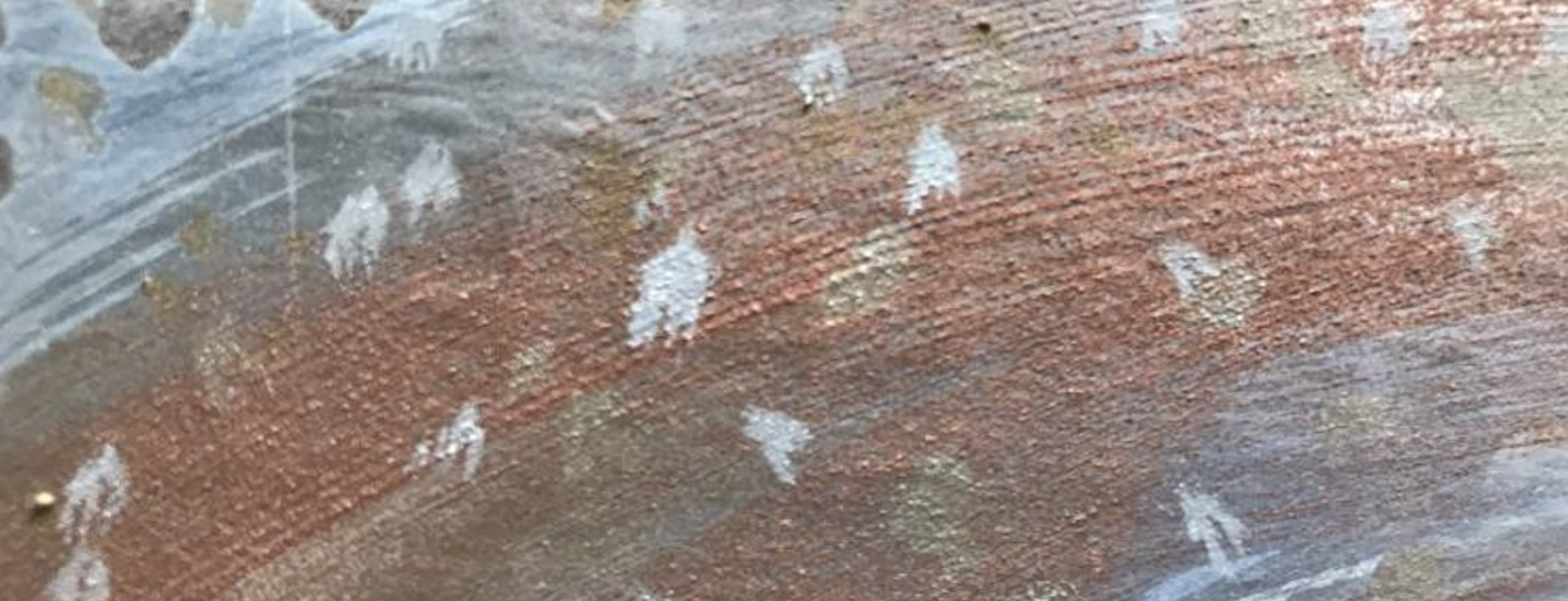
STEAMplant Faculty Collaborators – Eleonora Del Federico & Dani Levine
STEAMplant Professional Collaborators – Dr. Renato Miracco & Malena Ramsey
“The Strange Road of Materials” will be an exhibition highlighting the paintings and recent scientific research on the unusual materials used by artist Licio Isolani: namely ground metals, such as aluminum, copper, tin, zinc, and bronze shreds painted on aluminum foil. The choice of these materials allowed Isolani to create reflective surfaces, inviting the viewer into an illusion of three dimensions and open luminous doors created by the additional use of traditional opaque pigments such as burnt umber and lead white. The span of materials used by artists from this generation is still not completely known and therefore the scientific studies presented at this exhibit will add to our understanding of this amazingly innovative generation of artists.
Laboratory for Integrative Archaeological Visualization and Heritage
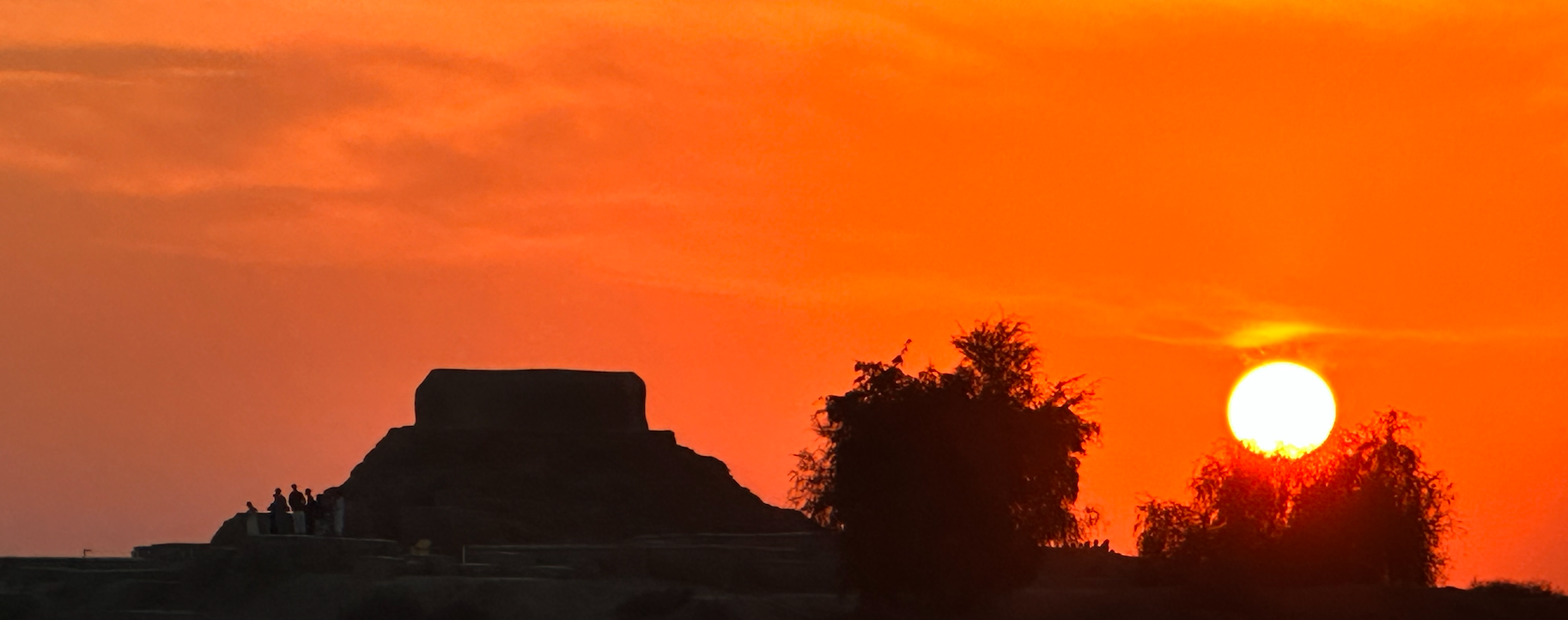
STEAMplant Faculty Collaborators – Uzma Z. Rizvi, Sara Eichner & Sarah Burry
Sirovich Family Student Scholar – Deniz Cavdir
The Laboratory for Integrative Archaeological Visualization and Heritage (LIAVH) makes connections between technology, archaeological data management, and heritage practice through the platform of an interactive website that allows the integration of data visualization with archaeological legacy data for new modes of storytelling. This project focuses on the ancient city of Mohenjo-daro, located in contemporary Pakistan (Sindh Province), designated as a World Heritage Site and one of the first ancient cities in South Asia to demonstrate extensive urban planning and infrastructure.
Family Soils: Redefining Generational Wealth
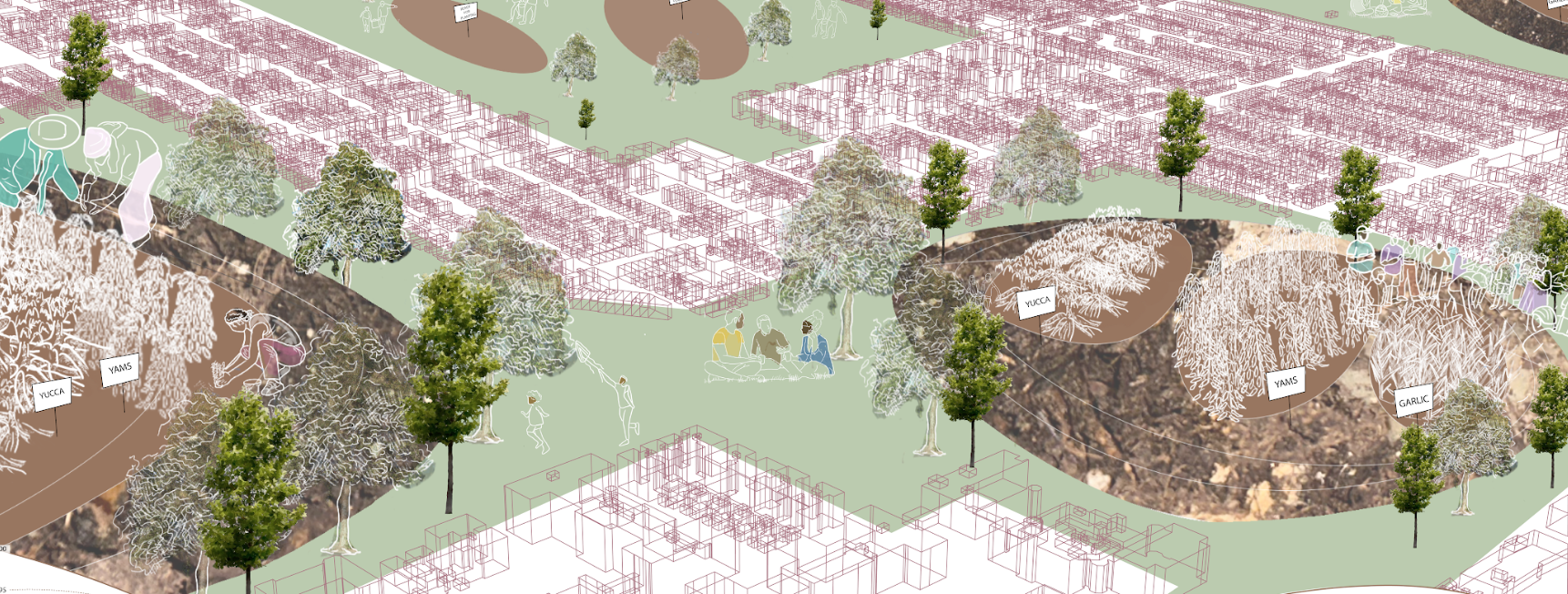
Sirovich Family Student Scholar – Ana Julia Chiriboga
STEAMplant Faculty Members – Bill Logan & Ellen Garrett
STEAMplant Professional Collaborators – Zhongqi (Joshua) Cheng & Allyson Martinez
Family Soils: Redefining Generational Wealth investigates the intertwined relationship between soil and culture through novel radical experimental strategies for local soil remediation to create communal environmental generational wealth through agency and availability of clean, safe soils which serve as the basis for culturally significant food security. Focused in the community of Flatbush, nicknamed “Little Caribbean,” the neighborhood is home to one of the largest Caribbean communities in New York City as well as the third highest concentration of lead contamination in soil in New York City. Given the importance of cuisine and root vegetables in Caribbean culture, Family Soils aims to create an archive of cultural cuisine and soil remediation recipes as ways of preserving cultural heritage.
Art Meets Energy Efficiency for Climate Action
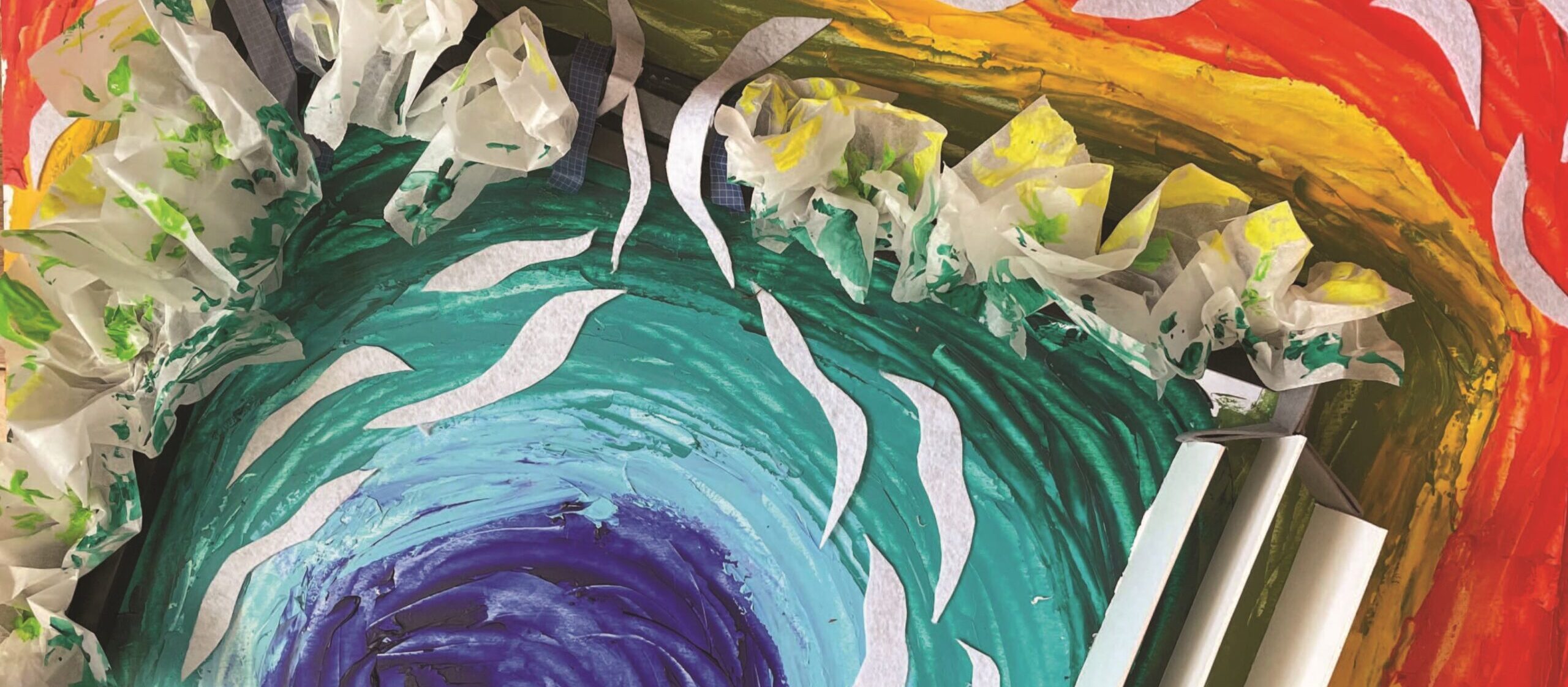
Pratt Faculty Collaborators – In Cho
Sirovich Family Resident – Jinhee Shin
This interdisciplinary project inspires youth to tackle climate change with creativity and innovation. By exploring energy-efficient building practices through the arts, students gain insights into the built environment’s impact on carbon emissions and identify ways to address this challenge.
Overarchivin: Code, Fab, Future Relatedness
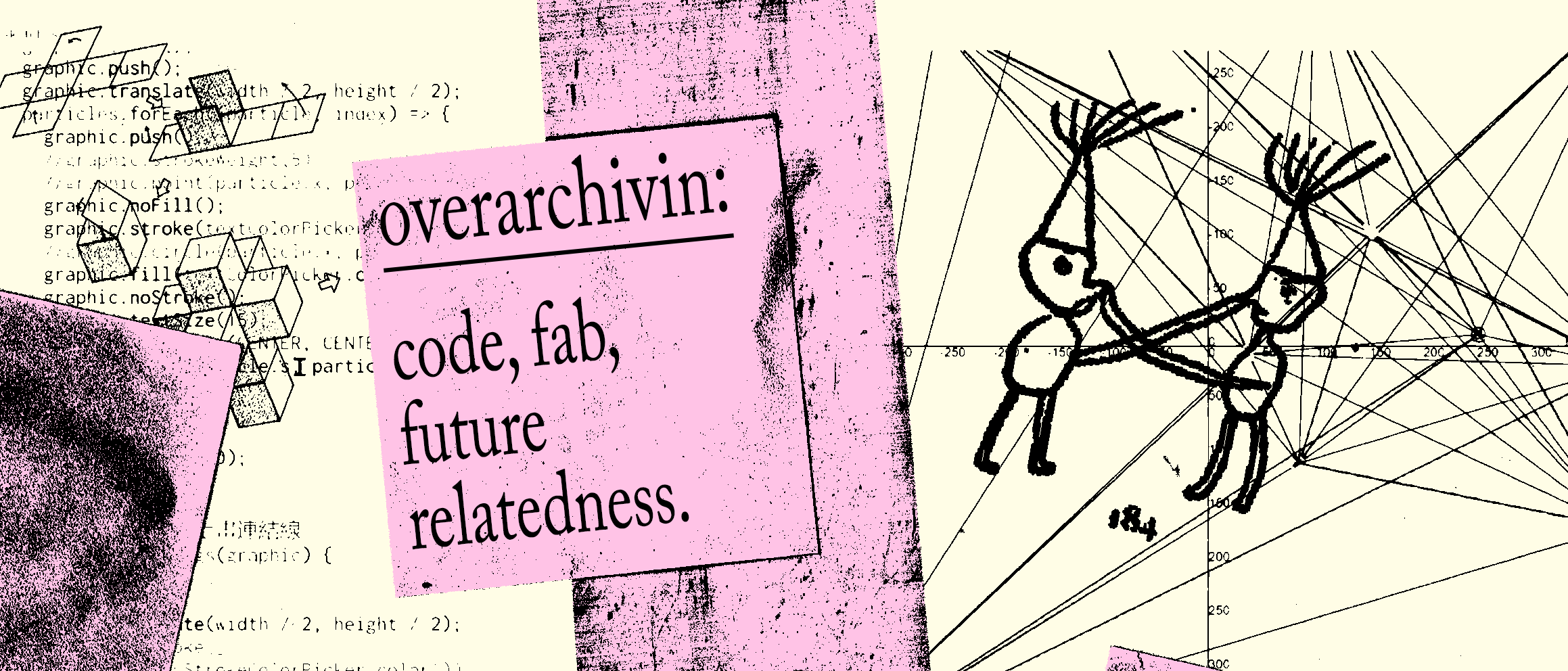
Sirovich Family Student Scholar – Tzu Yun Wei
STEAMplant Faculty Members – Matt Martin
STEMplant Professional Collaborator – Yu Ying Lee
Overarchivin: Code, Fab, Future Relatedness is an inquiry-based collaborative project designed for the public to navigate the intersections of self, objects, and the forming technology between. This project applies archiving as a collaborative act in the co-research process—understanding, mapping, and extracting—and aims to serve as a generative space for learning human-object relations through bookmaking, coding, and fabrication.
Ecology in Contemporary Art Practices
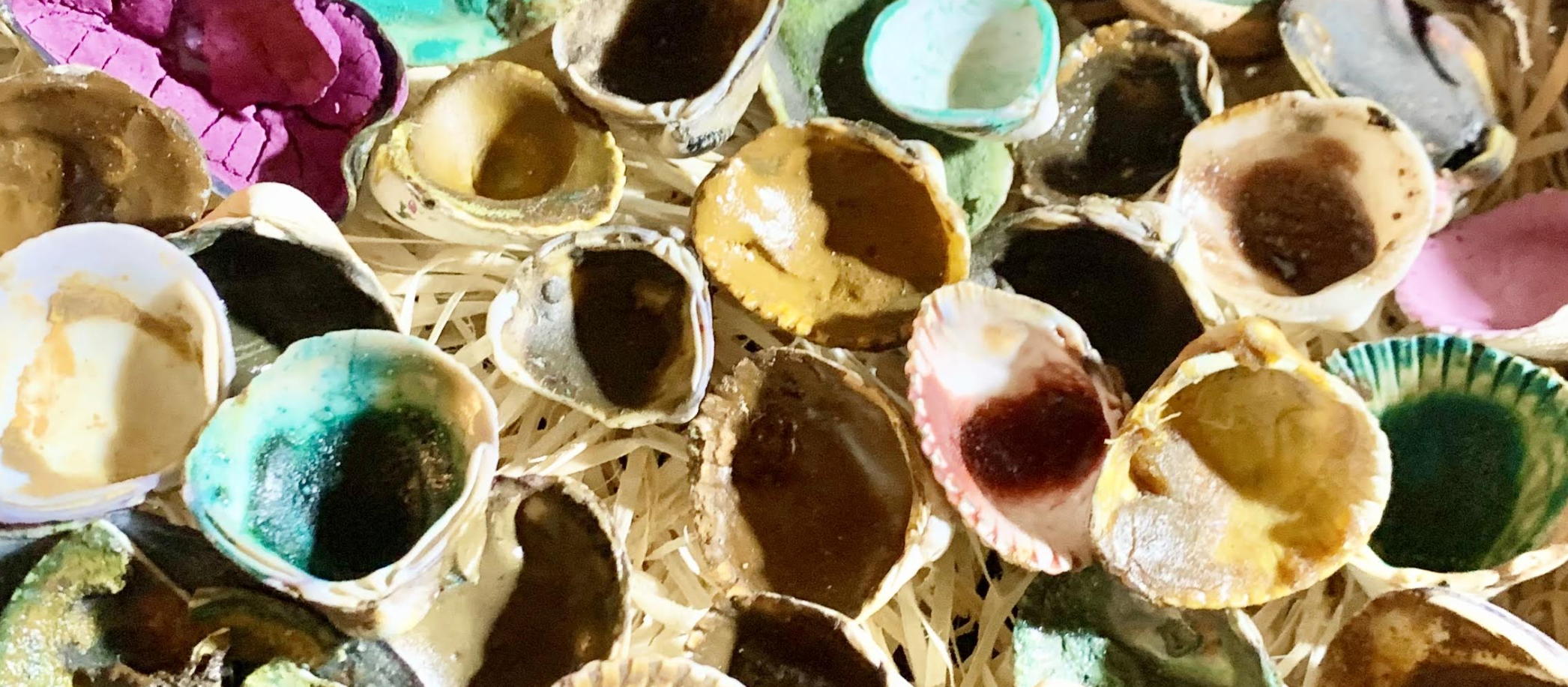
Sirovich Family Student Scholar – Suzanne Watters
STEAMplant Faculty Members – Mary Mattingly & Christopher X J Jensen
Ecology in Contemporary Art Practices will be a book that brings sustainable art practices from every medium together in one place. The book will be a tool for practitioners and enthusiasts everywhere to learn from, to implement and to share with each other. It will be inspirational in the stories that it will tell about eco-artists who are taking an adaptable and innovative approach to thinking about what it means to create art.
Keeper
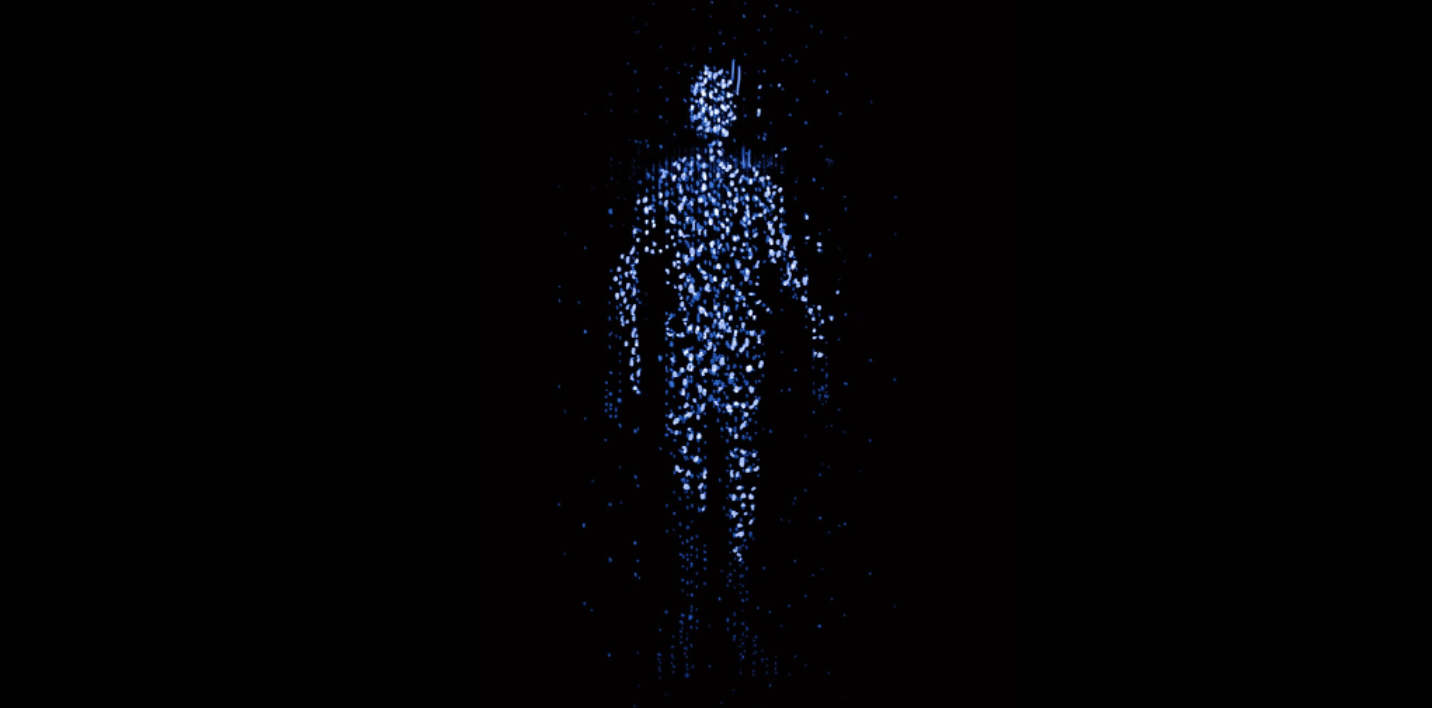
Sirovich Family Student Scholar – Ananda Ray
STEAMplant Faculty Members – Andréa DeFelice & Blake Marques Carrington
This project aims to store and preserve the black history, memories, language and culture that have long been forgotten through KEEPER, an artificial intelligence storyteller. Through continuous interaction with KEEPER, we will expand the training process and improve the AI’s ability to store and recall memories accurately. Our goal is to enable participants to interact with KEEPER, gaining knowledge of the past and inspiring a brighter future.
Guerilla Science: Guide
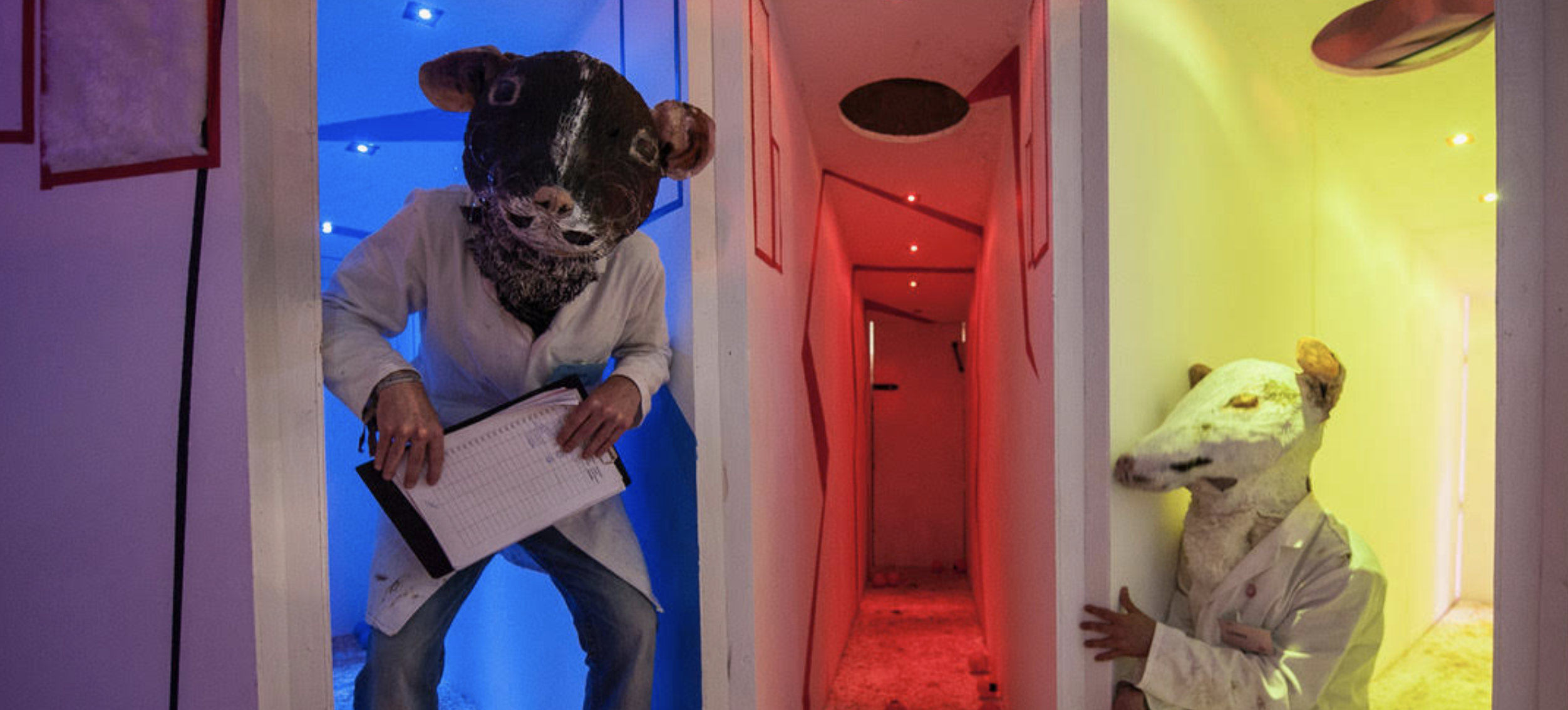
Sirovich Family Resident – Emily Colucci
STEAMplant Faculty Member – Mark Rosin & Aileen Wilson
How can scurrying around giant mazes staffed by human-sized laboratory rats or booking a trip to Jupiter engage an audience with science ideas? What happens when scientists leave the classroom or lecture hall to meet people where they socialize, see art, watch live music, or simply pass by? And how exactly can scientists and organizations create enthralling events that spark the imagination and leave an audience considering questions from how we think and feel to the possibilities of space travel? Guerilla Science: Guide will answer these questions through a dynamic how-to-guide.
Toddler AI
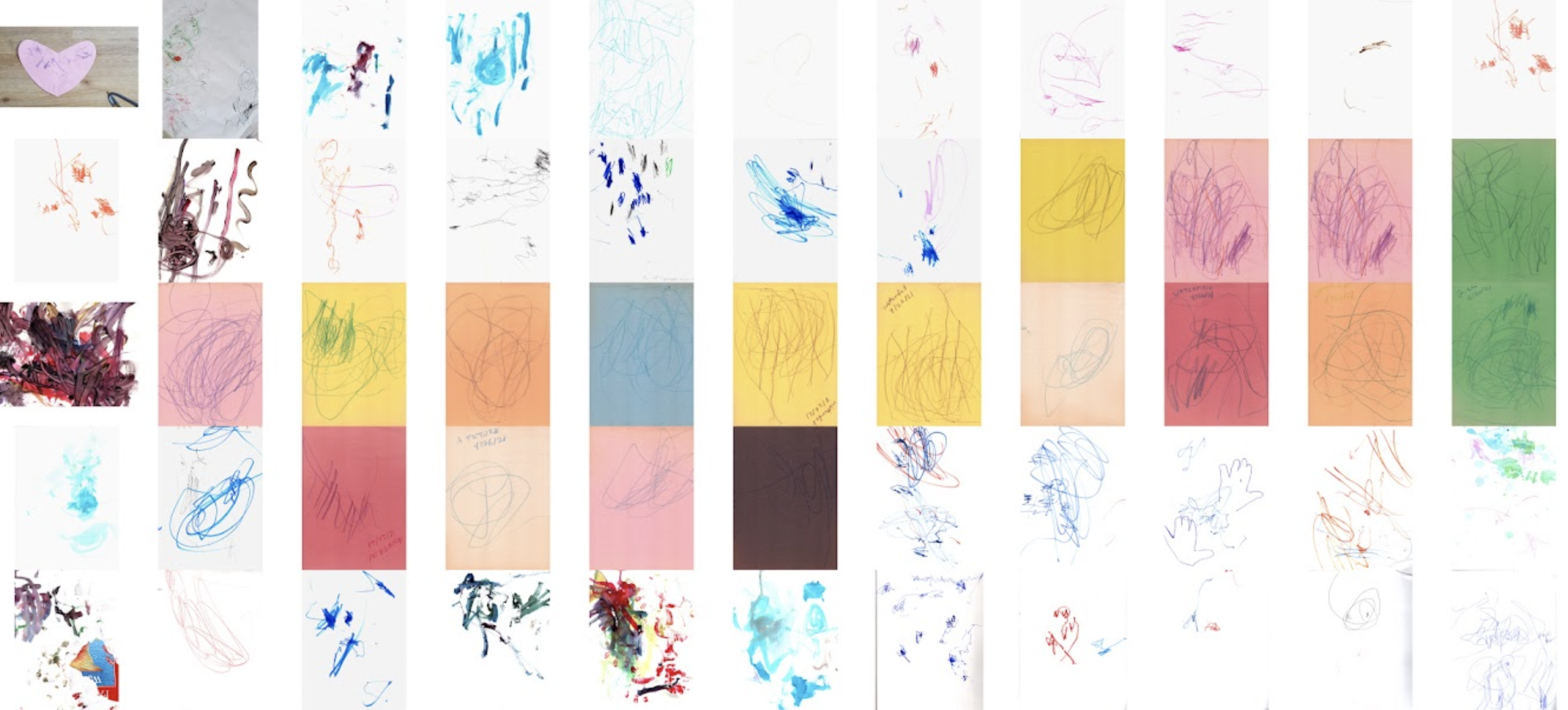
Sirovich Family Residents – Ben Bogart & Hildegard Holland Watter
STEAMplant Faculty Member – Faith Holland
Toddler AI is a collaborative project by Faith Holland, Ben Bogart, Hildegard Holland Watter, and artificial intelligence. Using the artistic life’s work of Hildy, a four year old, as a training-set, Holland and Bogart train a variety of AI models on her work. The project will include AI generated output as well as derivative works made by Holland, Bogart, and Hildy in the form of collages, videos, interactive projects, and installations. Through these outputs, the artists will ask questions about the care of an artificial intelligence as a child and how this could shape an ethical approach to AI.
Finding Merian
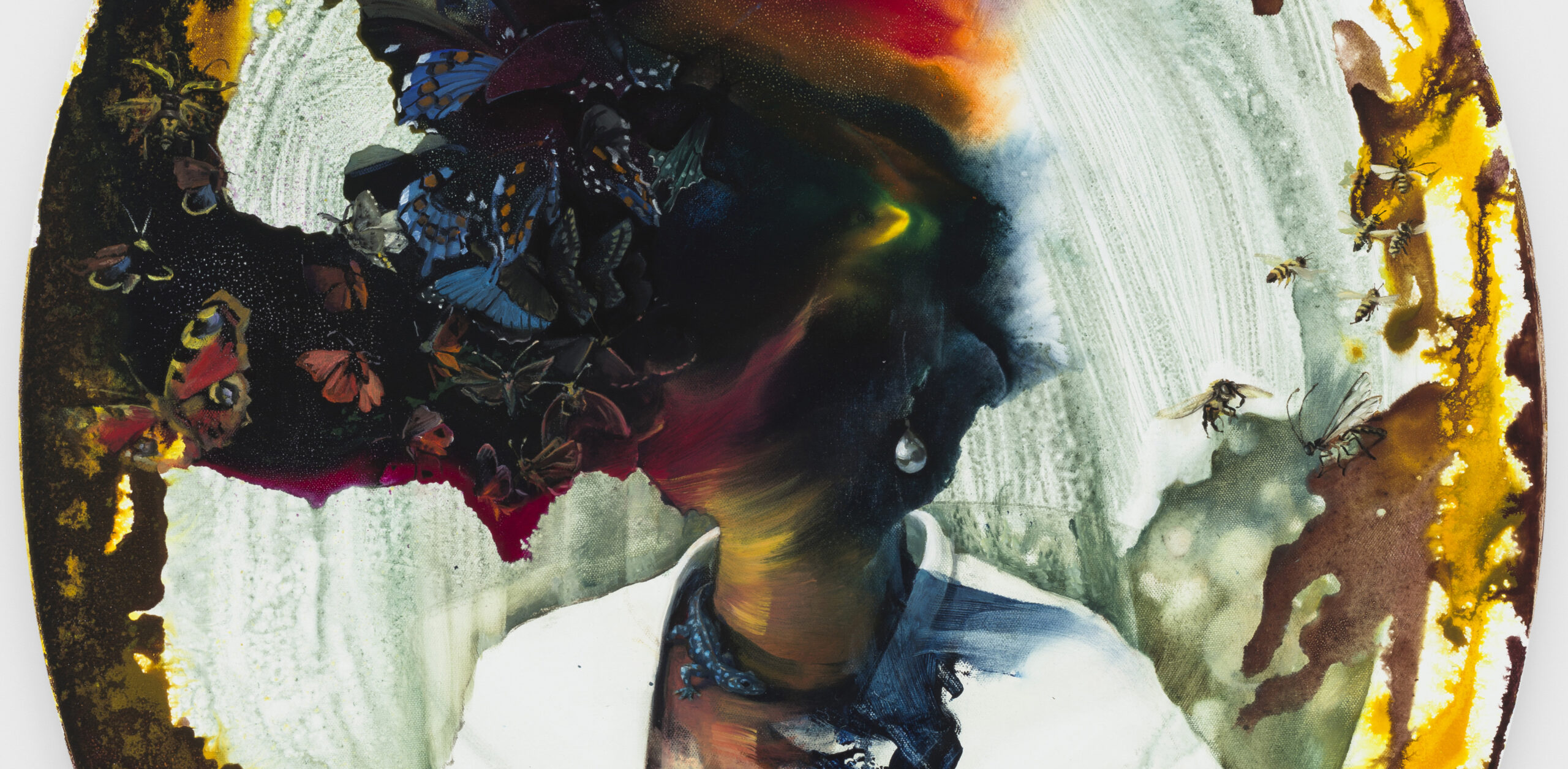
Sirovich Family Residents – Yulia Bereshpolova & David Wagner
STEAMplant Faculty Members – Virginia Wagner & Audrey Lindsey
Finding Merian is a graphic novel that depicts the story of Maria Sibylla Merian, a 17th-century trailblazing artist and entomologist. The development of this work will include field research (on plantation ecology, ethnobotany, and insect taxonomy), and travel to Suriname (to retrace Merian’s life and work). The text will include themes of women in the arts and sciences, western versus indigenous plant knowledge, metamorphosis, and colonial history.
The Colors of Clear
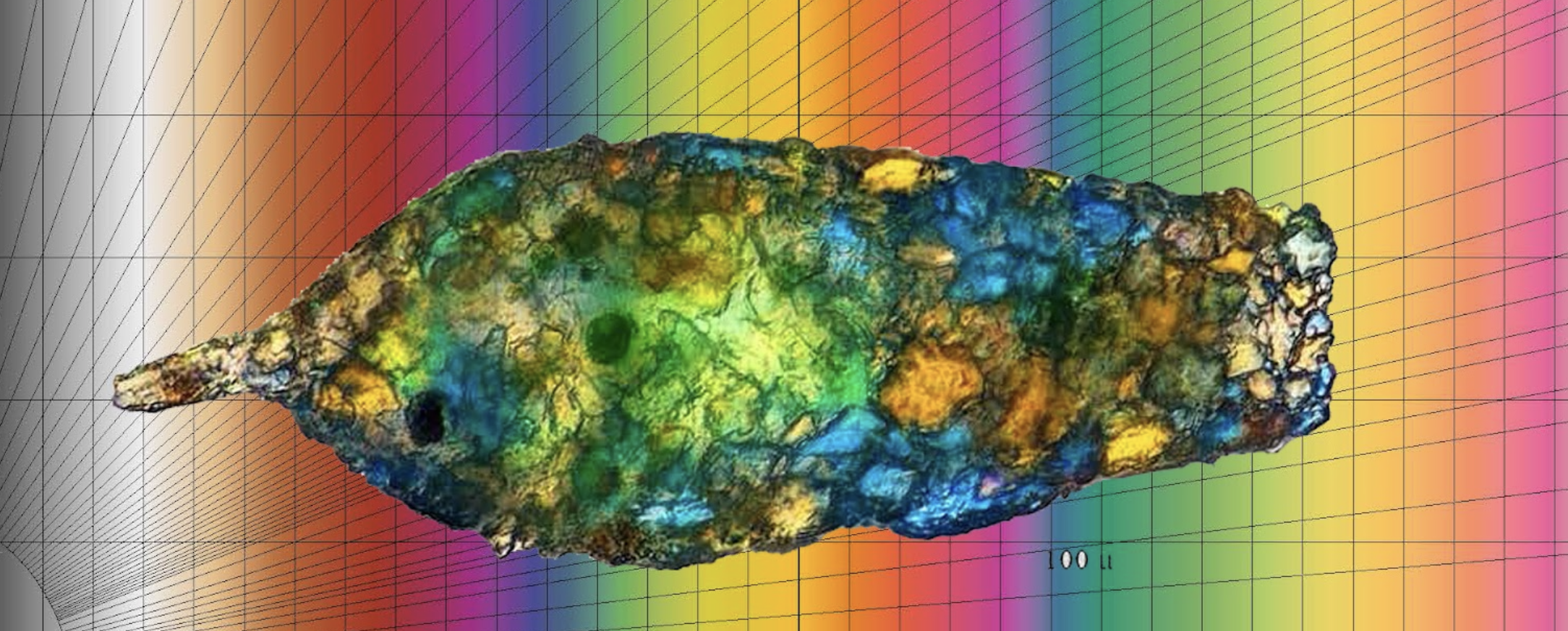
STEAMplant Faculty & Staff Members – Rebeca Acosta, Megan Aebi & Eleanor King
This project will introduce microscopy to students and engage with color theory using the Michel-Levy color chart to understand and inspect transparent organisms and geological specimens. Optical microscopy will be applied to and adapted to portable microscopes as a companion to the photographic light explorations. Large scale printed imagery of microscopic organisms will make visible the otherwise invisible, by merging aesthetics of the Michel-Levy colors with the ability to use color to identify the properties of the specimens being viewed. Students will become versed in the functions and uses of microscopes and be able to relate it directly to their coursework on color theory to make their own bi-refringent microscopic imagery.
Speculating the Environment
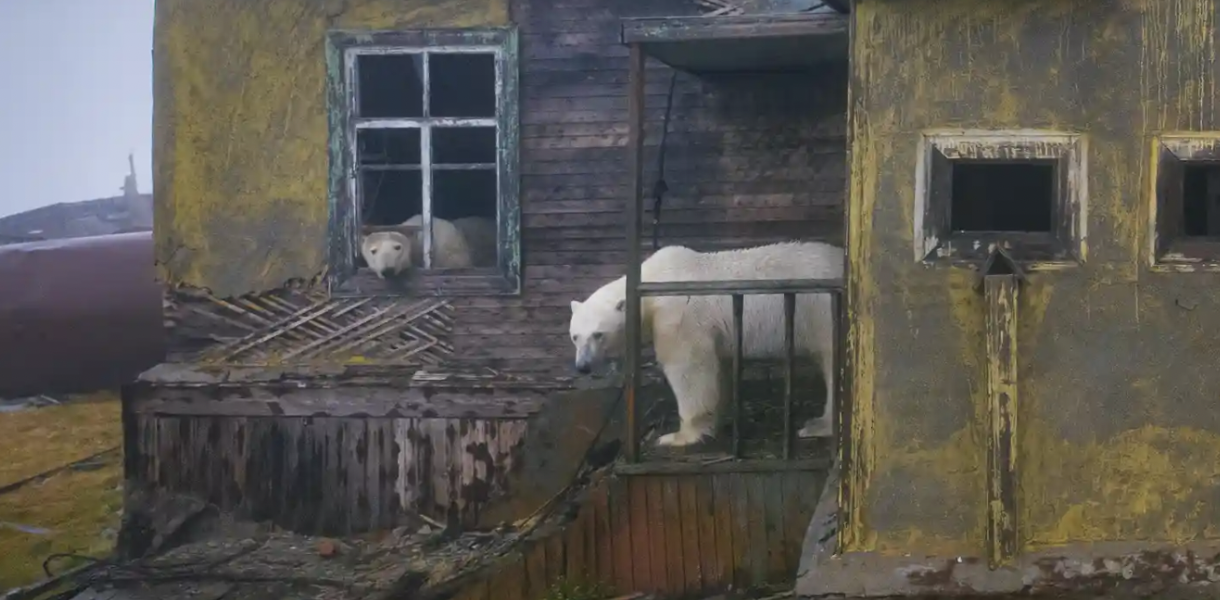
STEAMplant Faculty Members – Claire Donato & Audrey Lindsey
Perhaps the greatest appeal of science is its promise to predict the future. However, deterministic predictions cannot encompass the ecologies that will develop under accelerating crises of migration. Although there is scientific consensus that ecologies are changing and will continue to change, the nature of far-future changes are too complex to assess statistically. When the realm of probabilities gives way to the realm of possibilities, we speculate. “Speculating the Environment” explores the interface between environmental prediction and speculation via a year-long cross-disciplinary workshop and talk series.
Vegetal Publics
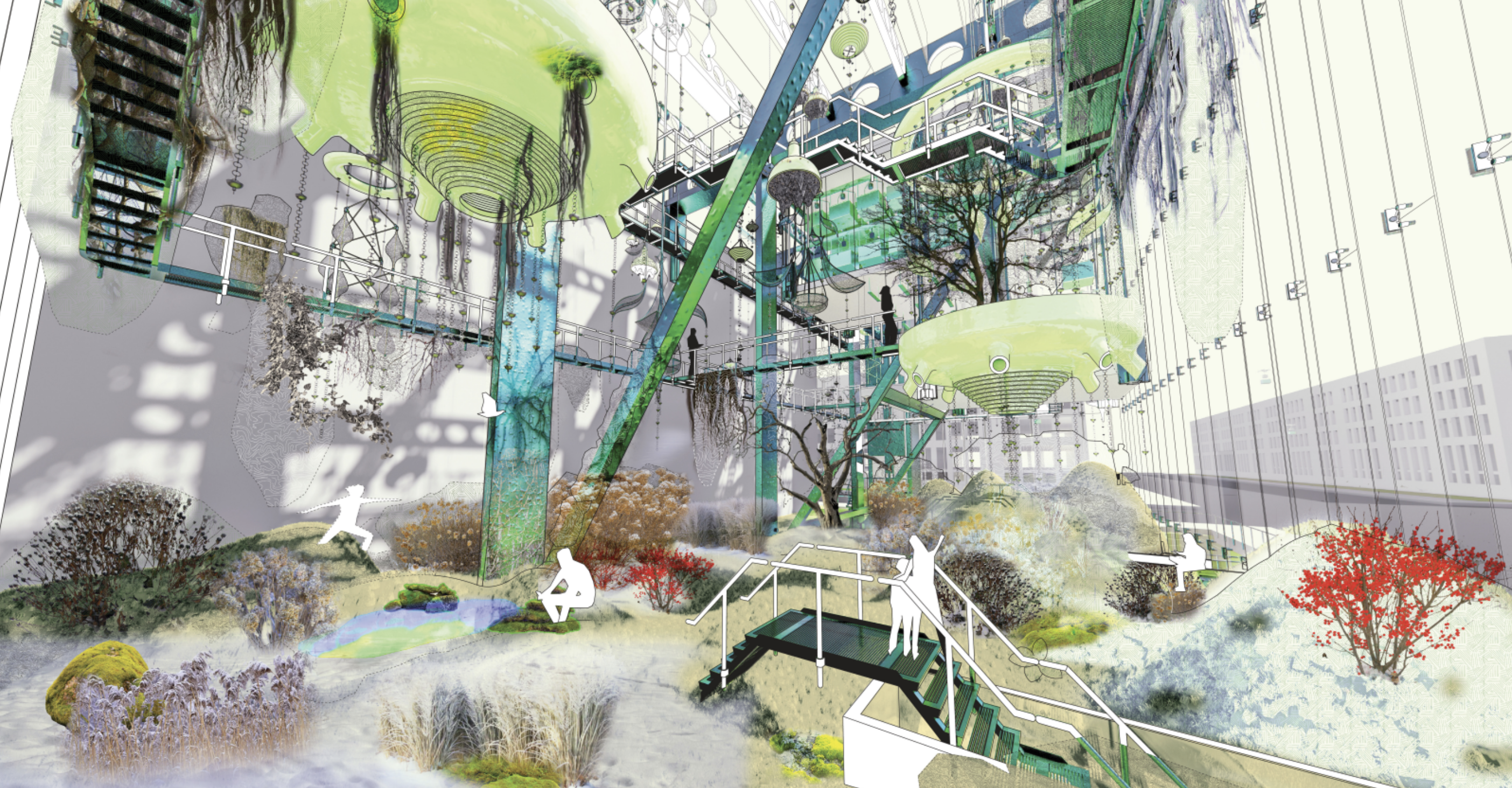
Sirovich Family Student Scholars – Brian Ching & Marley Olson
STEAMplant Faculty Members – Cathryn Dwyre-Perry, Melissa Boo & Audrey Massmann
Mycelium, soil, and moss networks mimic how humans develop their cities and interact with their environment; Tokyo subway maps land on a path similar to how mycelium travels and spreads, proving its efficiency. The project “Vegetal Publics” aims to serve the residents of Brooklyn using architecture and art to represent the complex scientific performance of these natural mysteries in relation to the local environment.
Recipes for a Warmer World
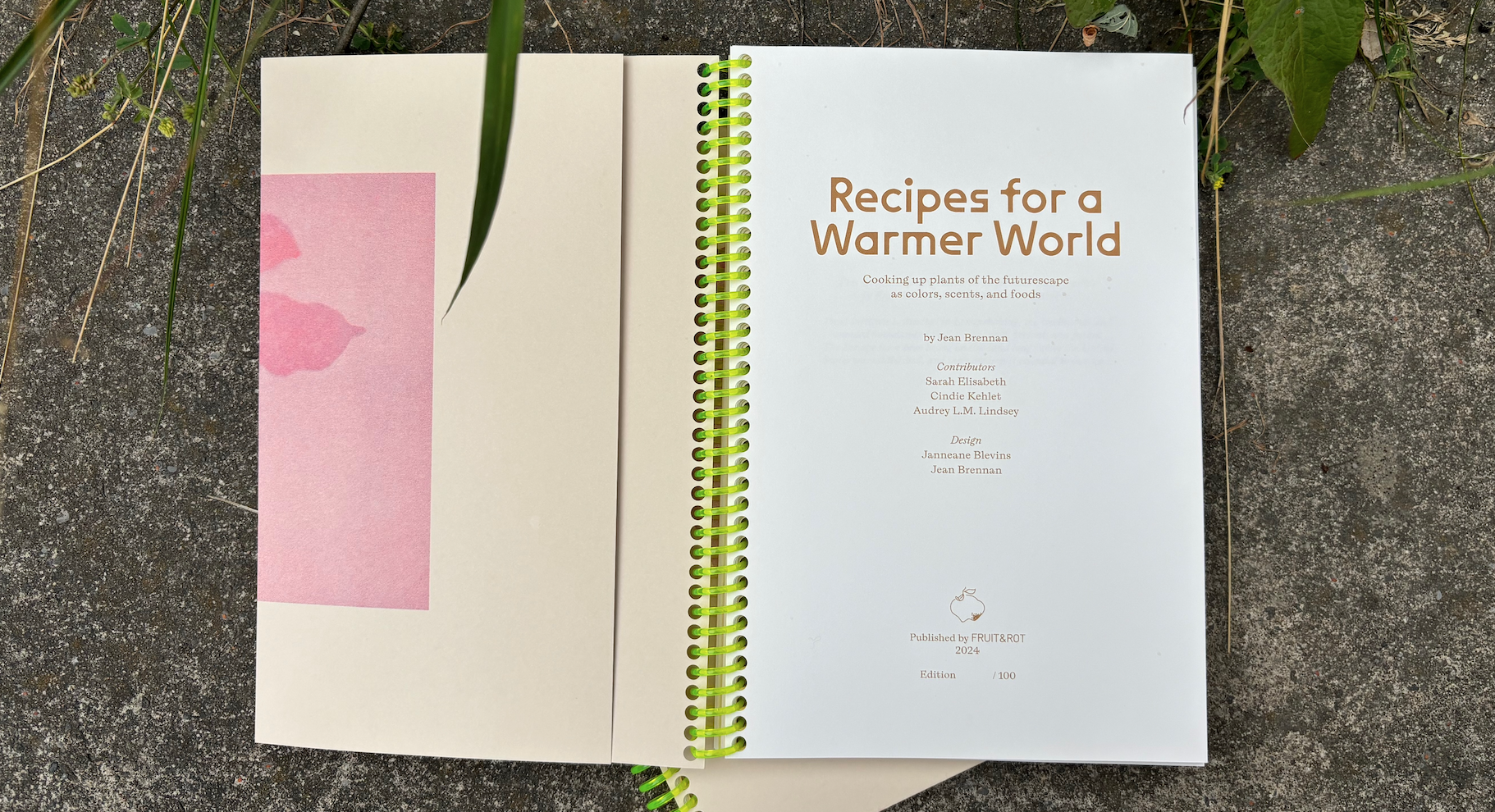
STEAMplant Faculty Members – Cindie Kehlet & Jean Brennan
STEAMplant Professional Collaborator – Sarah Elisabeth
Recipes for a Warmer World invites multi-sensory appreciation for plants that will likely thrive in a future landscape, using the Climate Change Tree Atlas, among other research. It includes tested recipes for extracting color from seven plant species, along with secondary recipes for either scent or taste. Each plant is accompanied by photos and a description such as the common and scientific names, family, habitat, and ecological significance.
Weaving Threads: Natural Dyes at the Intersection of Art & Science
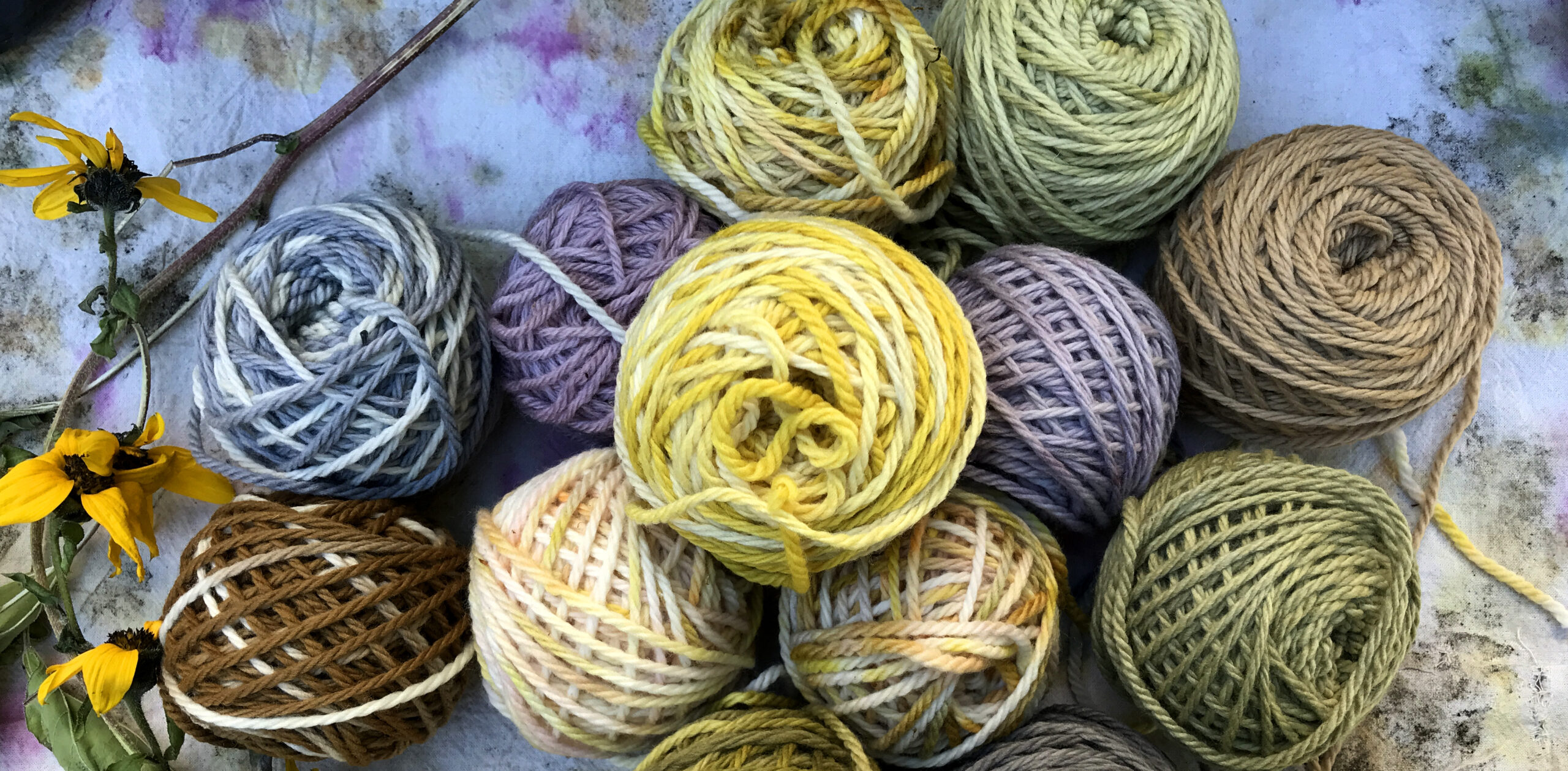
Sirovich Family Student Scholar – Ana Codorean
STEAMplant Faculty Members – Heather Lewis, Gina Gregorio, Cindie Kehlet, Isa Rodrigues & Christopher X J Jensen
This project is a collaboration between the Textile Dye Garden at Pratt Institute and Brooklyn’s PS 270. Through a unit on natural dyes, students will engage in artistic use of sustainable materials rooted in studies of ecology, botany, and chemistry. Long-term goals aim to build a strong foundation for ecological thinking as students learn the benefits of low-impact materials for the arts. Additionally, we plan to create an open-source curriculum that authentically intertwines chemistry, biology, botany, environmental sustainability, and textiles in a way that highlights the connections between these subject areas and integrates all aspects of learning.
The Hidden Story
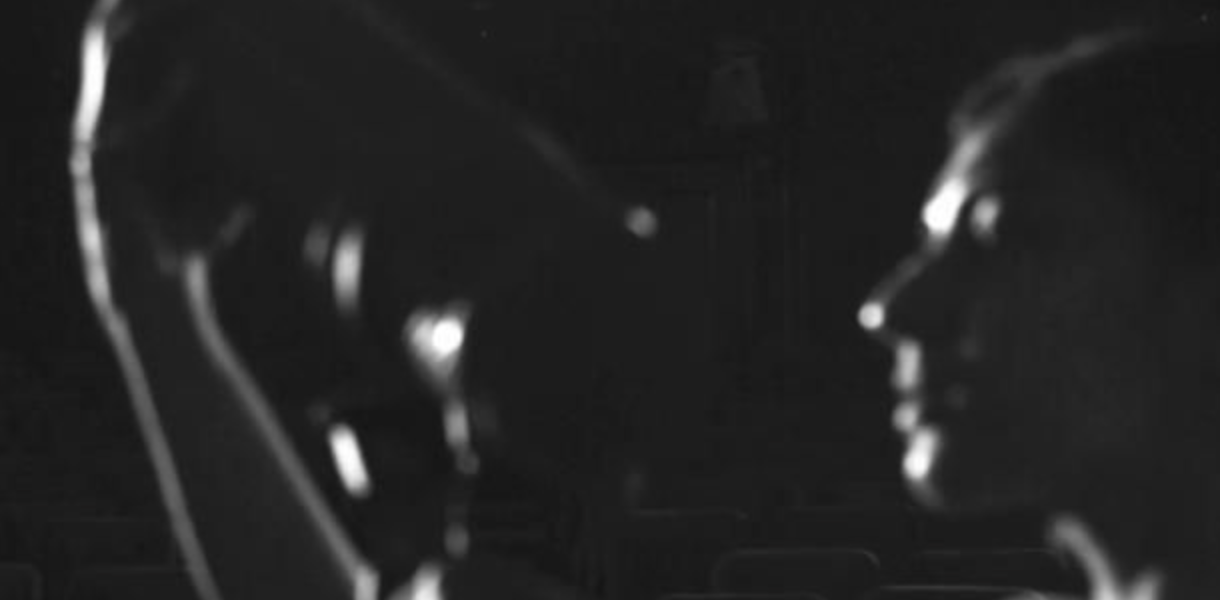
Sirovich Family Resident – Arianna Zuanazzi & Yashaswini Raghunandan
STEAMplant Faculty Members – Alex Noyes
The Hidden Story tells a story that is not visible, but is narrated through speech and sounds and by making the process of film creation explicit. The audience enters a cinematic space where they participate in an interactive sensory experiment. In this science/art project, we use the medium of the film to offer immediate realizations of scientific knowledge and we forge the cinematic language of images and sounds through perspectives and angles that belong to the world of science. Together with the audience, we want to reflect on how the brain uses and combines different sources of information to interpret the story or to create a new story.
100 Clapping Machines
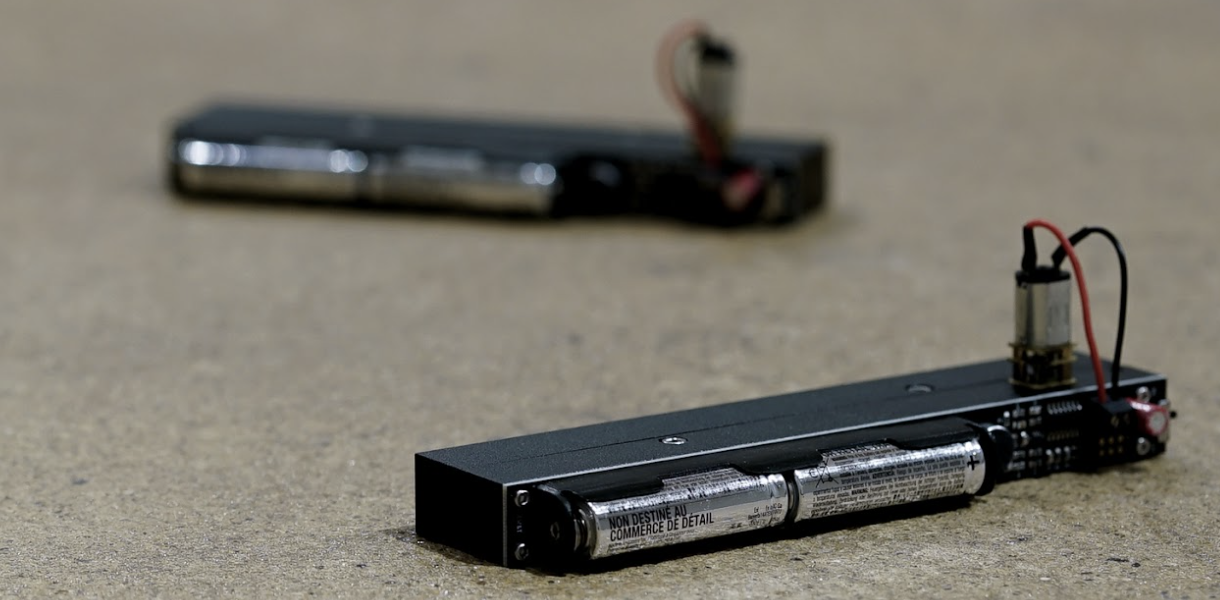
Sirovich Family Resident – Taylor Levy
STEAMplant Faculty Members – Helio Takai & Che-Wei Wang
100 Clapping Machines is an indoor installation of hundreds of individual clapping machines that explores the beauty of and the science of sync.
Luminous Computing
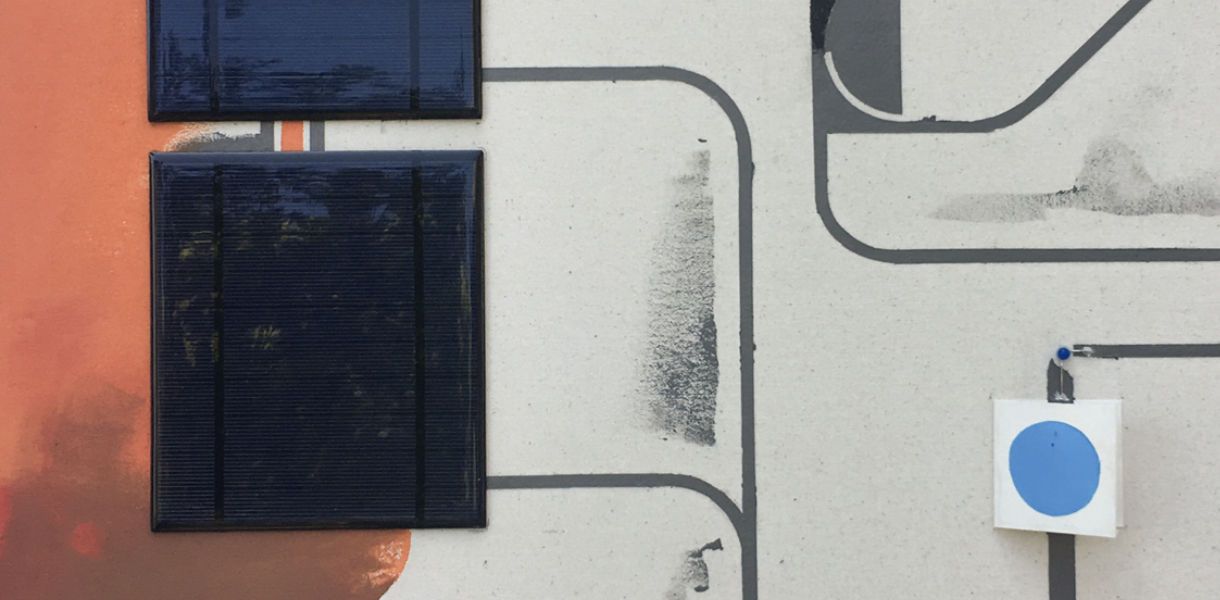
Sirovich Family Student Scholar – Elliot Lovegrove
STEAMplant Faculty Members – Helio Takai & Andrew Freiband
Electronic computing is woven through many of our everyday activities. Yet for most users, the underlying mechanisms and processes remain opaque and mysterious, the province of a privileged few. In this project, we render the basic building blocks of code and electronic logic in a form that is both concrete and aesthetic, scaled and designed for human understanding.
(In)Coherence: The Variable Edges Between Us And World
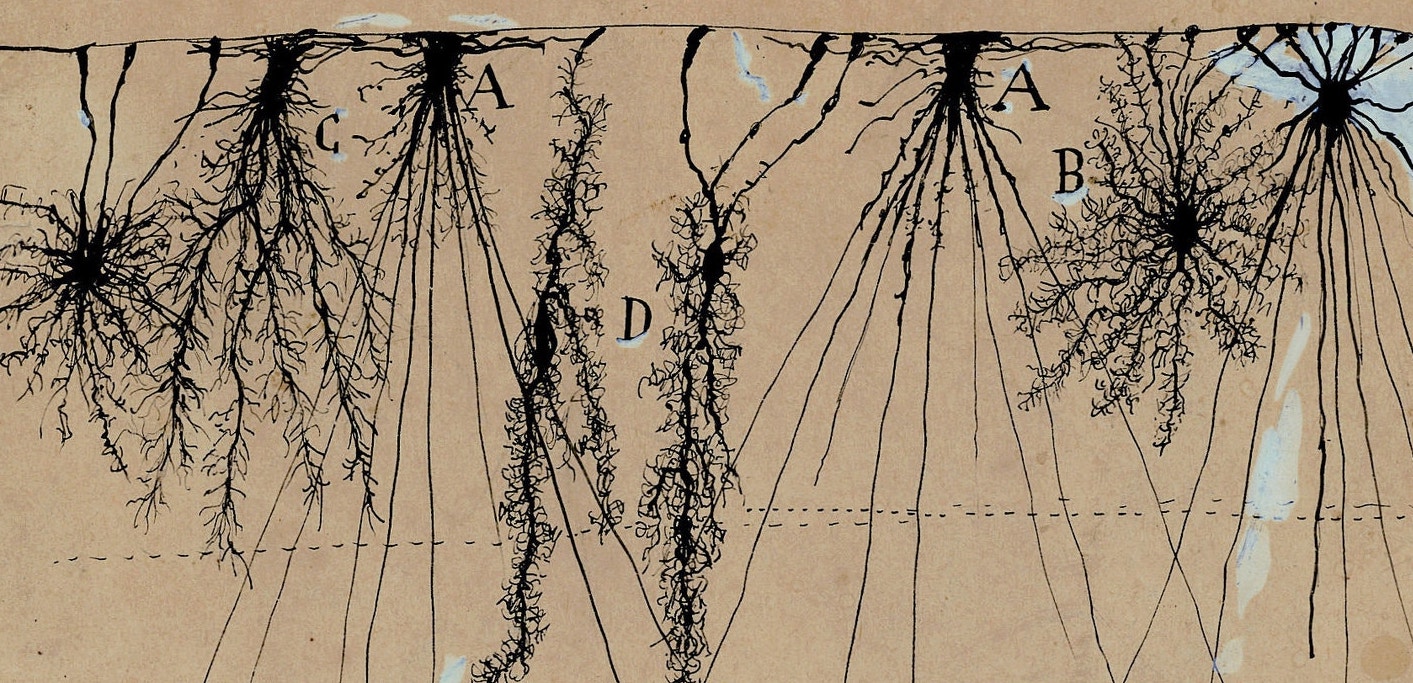
Sirovich Family Residents – Mary Jo Vath & Iliyan Ivanov
STEAMplant Faculty Members – Ágnes Mócsy & Ellen Berkovitch
Brain meets world. Neuroscience chats with art. We mean for this podcast to trail the phosphorescent nets that capture the shared preoccupations of neuroscience and art. What do we really know about the hard problem of consciousness? And how does what has been learned about the brain overlap with what remains unknown: the mysteries of violence, beauty, sublimity, human sentience? Where is the edge between me and world? What do some of the world’s leading neuroscientists say about what they go to work for?
We gather as an interdisciplinary team of a writer, a painter, a physicist and a neuroscientist. The idea was for artists to ask questions about how neuroscience sees what it sees, and knows what it knows, and what we all can learn about the promise and challenge of asking better questions.
From Forces To Forms Lab
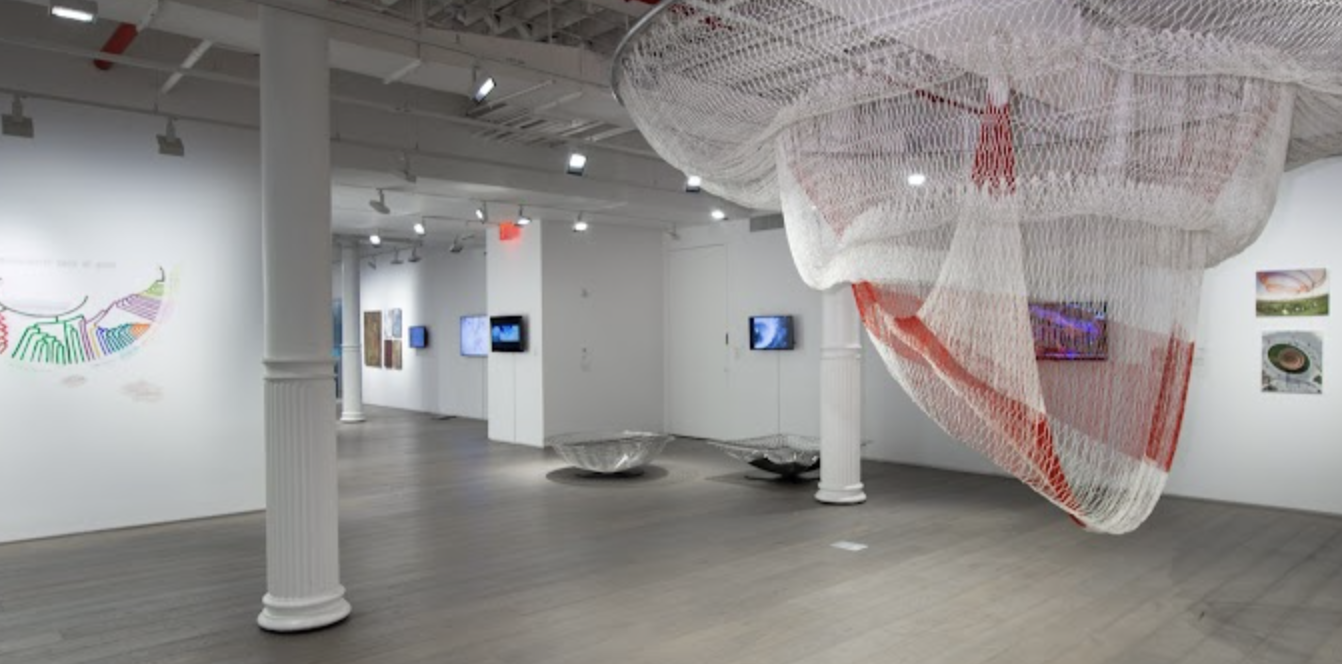
Sirovich Family Resident – Ellen K. Levy
STEAMplant Faculty Members – Mark Rosin & Nick Battis
“From Forces to Forms” (Lab) was a series of events in the spring of 2022 based on the eponymous exhibition at Pratt’s Manhattan Gallery. Curated by STEAMplant resident Ellen K. Levy, these events acted to engage students and the wider public in conversations about the nature of form, and the universal principles of organismic development.
The Unforeseen
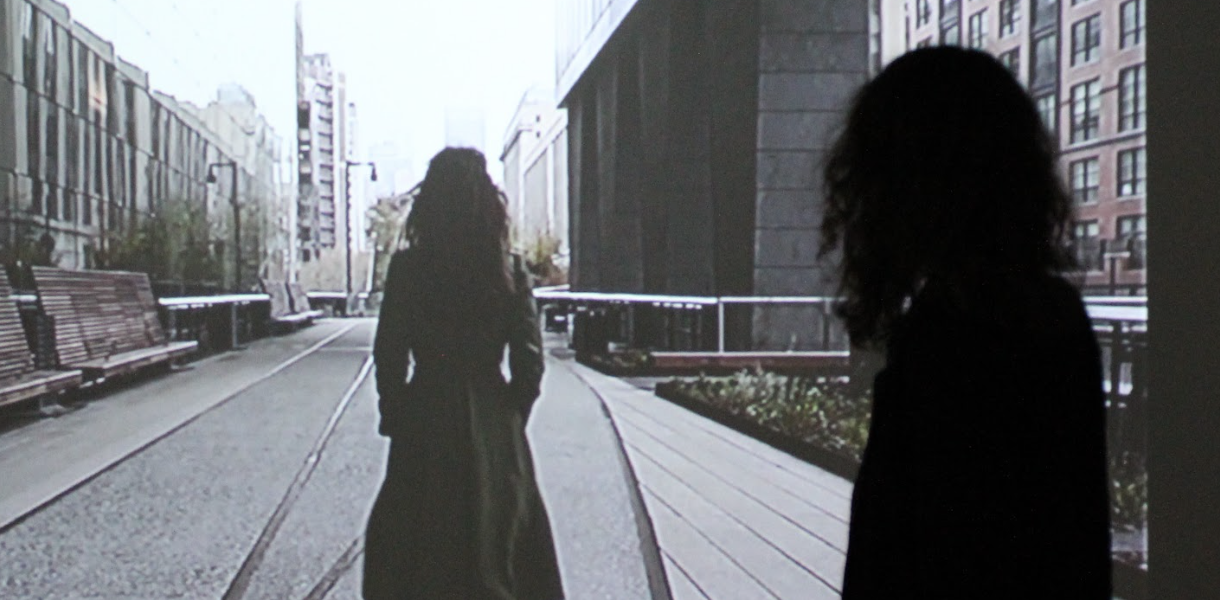
Sirovich Family Resident – Pamela Breda
STEAMplant Faculty Members – Ágnes Mócsy & Ira Livingston
The Unforeseen is an art research project which analyzes our role as human beings within the universe at large, exploring the Simulation Hypothesis through a two-channel video installation.
Core of Me: A Hike-Play
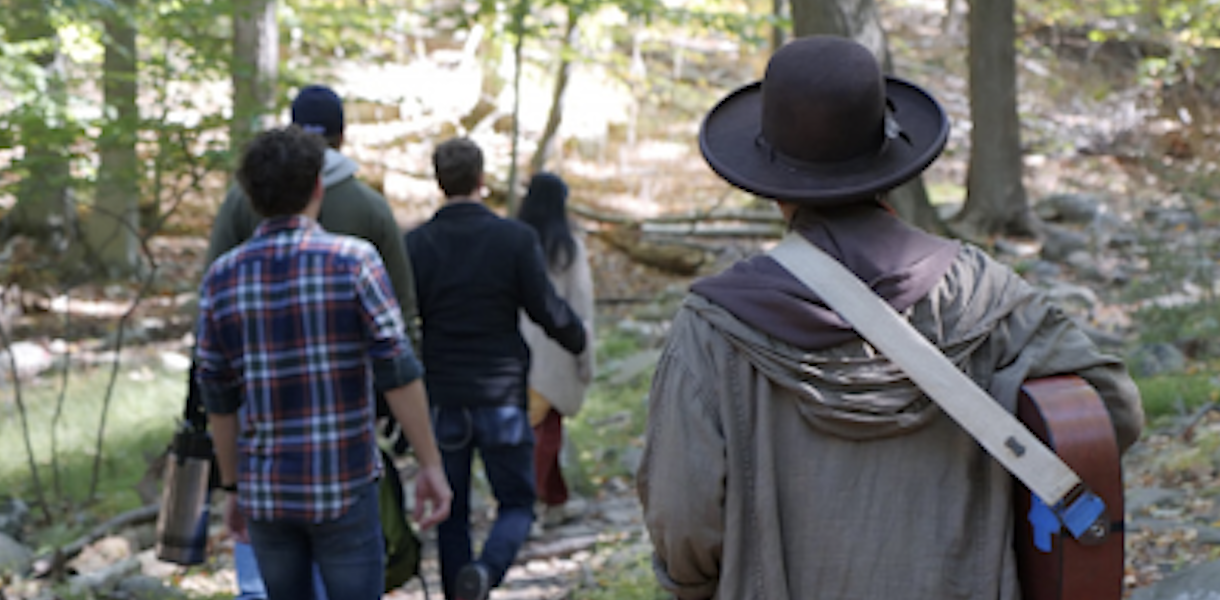
Sirovich Family Resident – Jeremy Pickard
STEAMplant Faculty Members – Christopher X. J. Jensen & Jennifer Telesca
Core of Me: A Hike-Play is a literal journey through trees, in which an audience experiences a performance while guided on a hike through the woods. Inspired by ecological, anthropological, and indigenous perspectives on climate change, Core of Me explores a moment in the short life of an anxious human and the long life of a forest, both attempting to come to terms with our new, turbulent reality.
Breath Consciousness
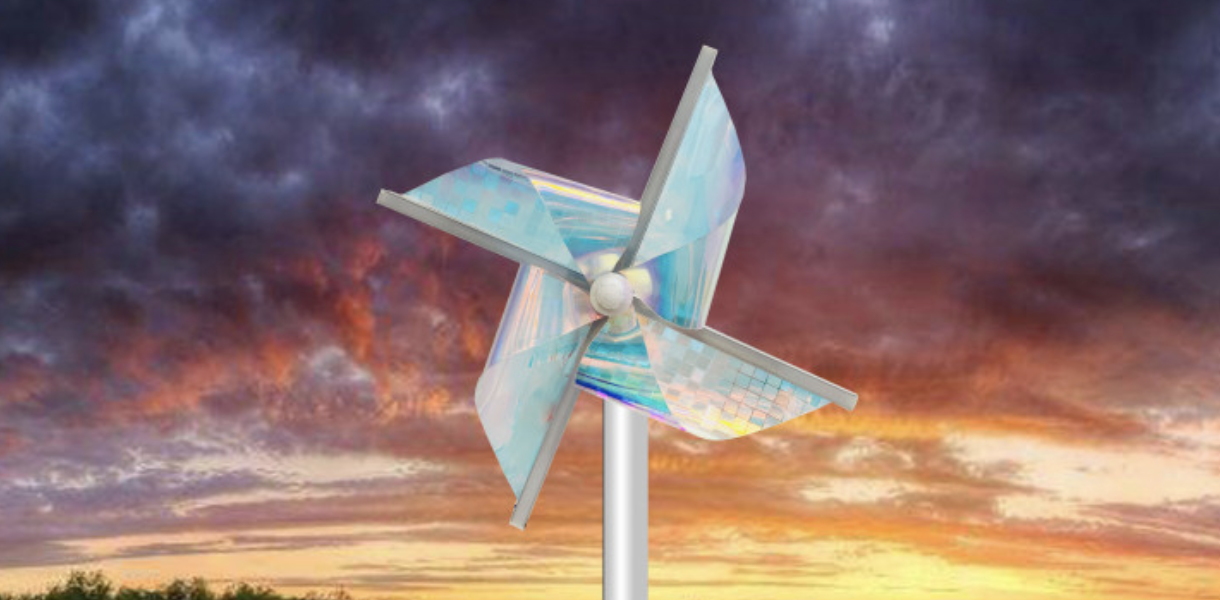
Sirovich Family Residents – Jasmine Grace & Ayodamola Okunseinde
STEAMplant Faculty Members – Charles Rubenstein & Che-Wei Wang
Artist Jasmine Grace’s residency collaboration with designer/architect/artist Che-Wei Wang, electrical engineer and Professor, Dr. Charles Rubenstein, and creative technologist Ayodamola Okunseinde is an interactive, public art installation that will translate peoples breath into a multi-sensory experience using light, sound and movement. As participants blow into a sensor, a visual and musical symphony will be created through a large scale luminous pinwheel, enabling people to not only feel, but also see and hear the effects of their breath in the moment.
Light, Color, and Science: Licio Isolani Sculptures from the 1960s
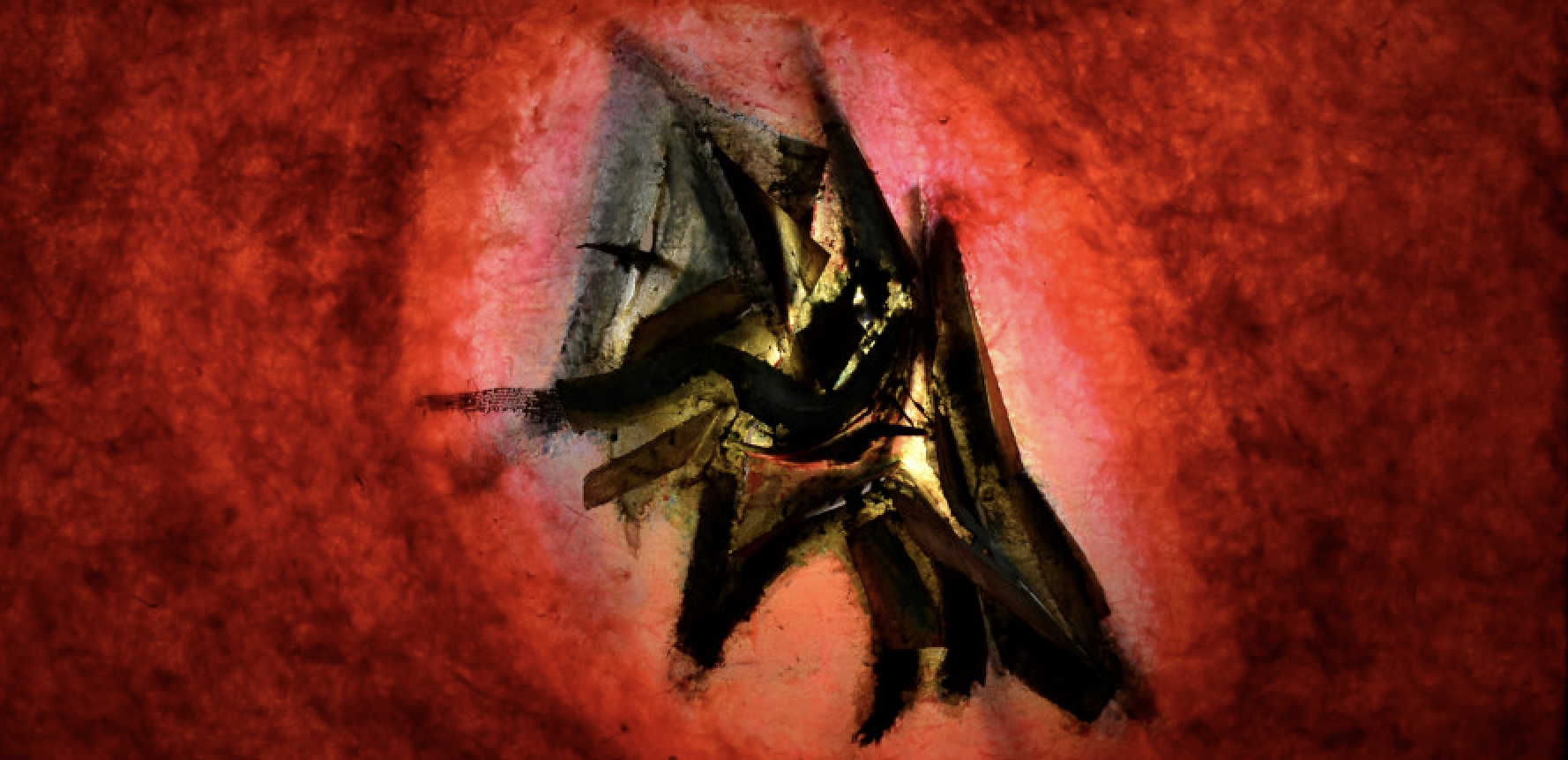
Sirovich Family Resident – Renato Miracco
STEAMplant Faculty Members – Eleonora Del Federico & Lisa A. Banner
STEAMplant Professional Collaborator – Sarah Nunberg
Licio Isolani was an Italian-born sculptor, a long-time associate professor at Pratt Institute, and a pioneer in cross-disciplinary art as a member of the 1960s group Experiments in Art and Technology (founded by Robert Rauschenberg and engineer Billy Kluver of Bell Labs). Collaborating with Dr. Renato Miracco (an international expert on 20th century Italian art), Pratt Institute art historian and curator Dr. Lisa Banner, chemist Eleonora Del Federico, and conservator Sarah Nunberg will analyze the contents of Isolani’s notebooks and artworks through the lens of analytical instrumentation such as X-ray fluorescence and infrared spectroscopy.
Song Searching
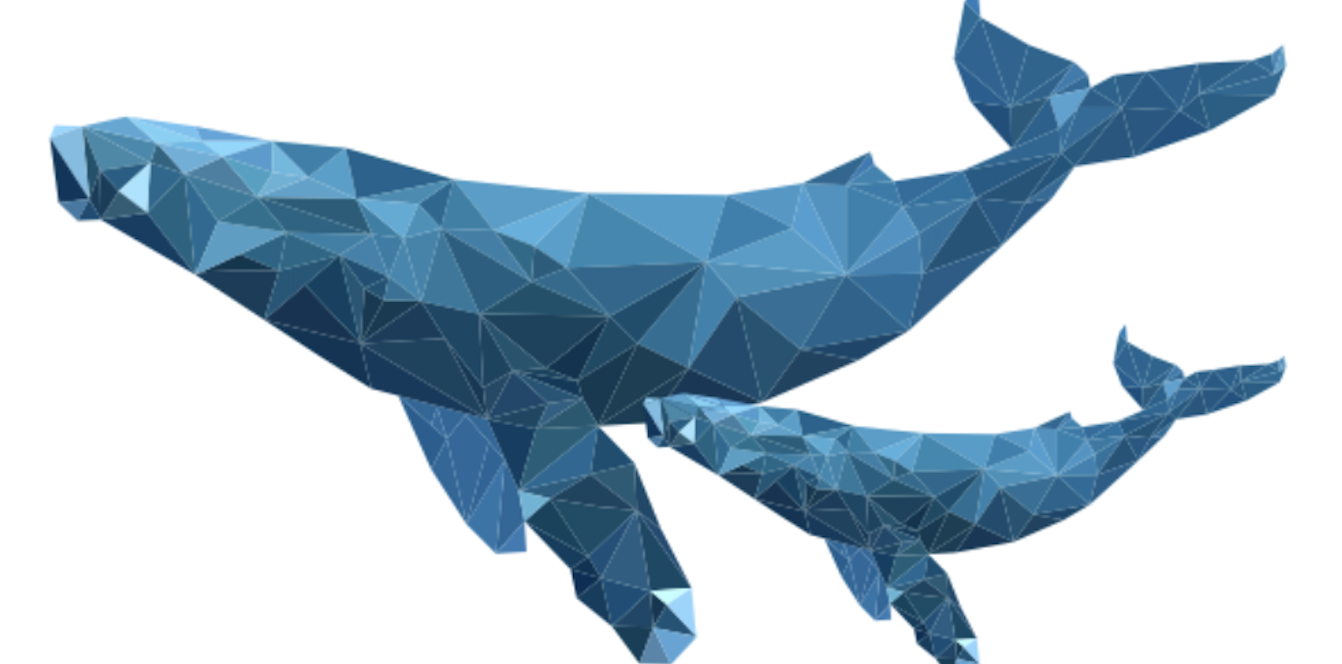
Sirovich Family Student Scholar – Ami Cai
STEAMplant Faculty Members – Christopher X. J. Jensen, Basem Aly & Jennifer Telesca
Humpback whales are some of nature’s most majestic creatures. These immense marine mammals undertake epic annual migrations, feed cooperatively, form local cultures, and interact socially using songs transmitted over thousands of kilometers. What would it feel like to be a humpback whale experiencing today’s increasingly human-dominated world? Song Searching is a video game designed to give players the experience of being a humpback whale.
Higgins Hall Thermal Comfort Study
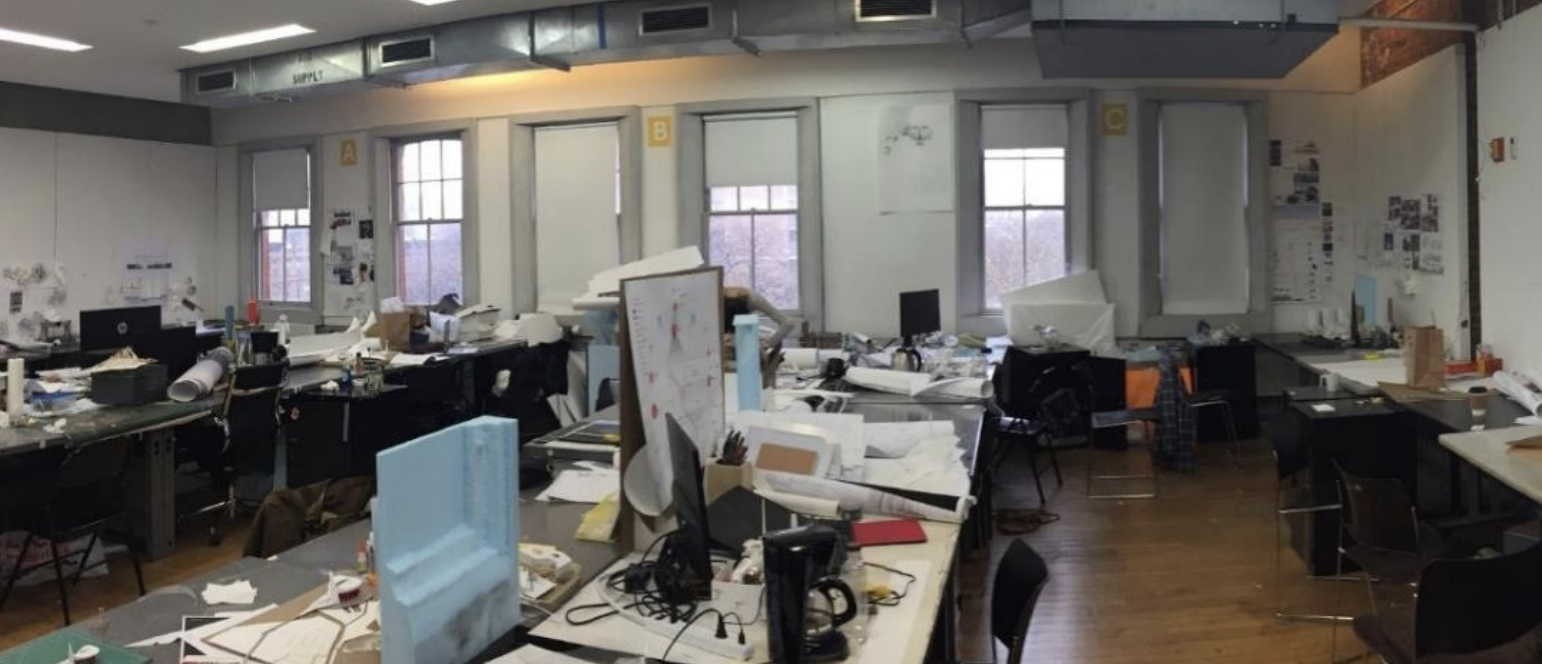
Sirovich Family Student Scholar – Nathan Bataille
STEAMplant Faculty Members – Gabrielle Brainard, Cristobal Correa, Jessie Braden & Daniel Wright
How are you feeling right now? Are you too hot? Too cold? How does the environment and your physiology affect your experience of a building? To answer these questions, Architecture Professors Gabrielle Brainard and Cristobal Correa installed a network of temperature and humidity sensors in a studio in Pratt’s Higgins Hall.
Metric Units for the Solar System
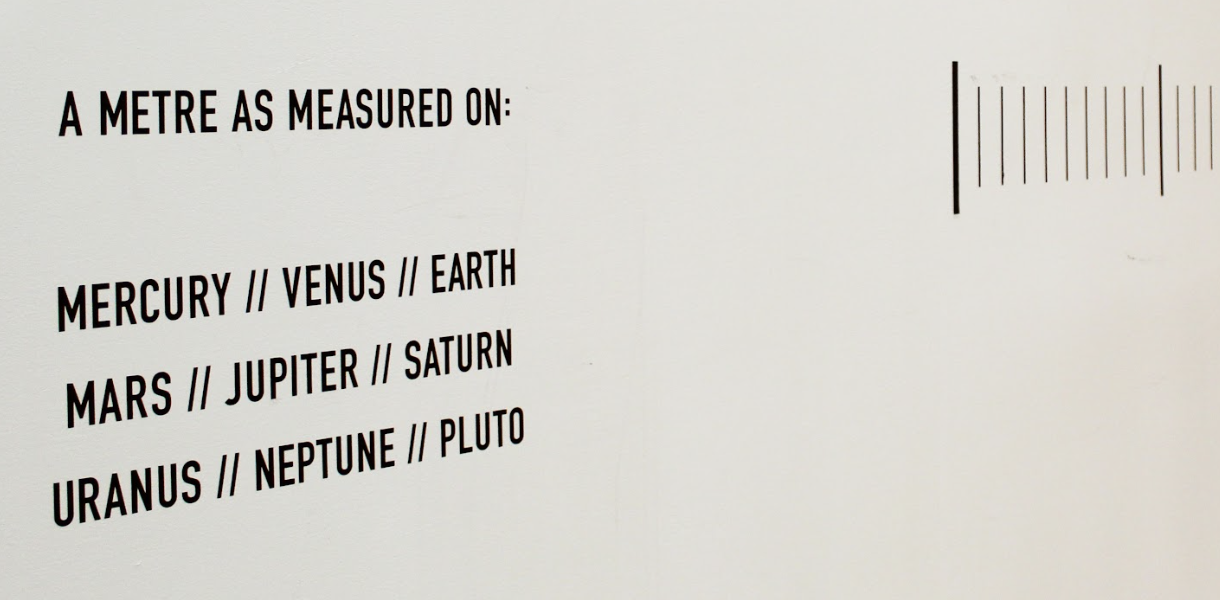
Sirovich Family Resident – Sara Morawetz
STEAMplant Faculty Members – Mark Rosin & Joseph Morris
Metric Units for the Solar System is an exploration of our relationship with the systems of ‘standardized units’ we have created to order society; examining the various tensions implicit in the function, perception and ultimately arbitrary construction of such formalisms. Extrapolating the original rationale for our own system of metric units, a new set of ‘natural measures’ will be constructed for each planetary body in our solar system.
Space Within Spaces
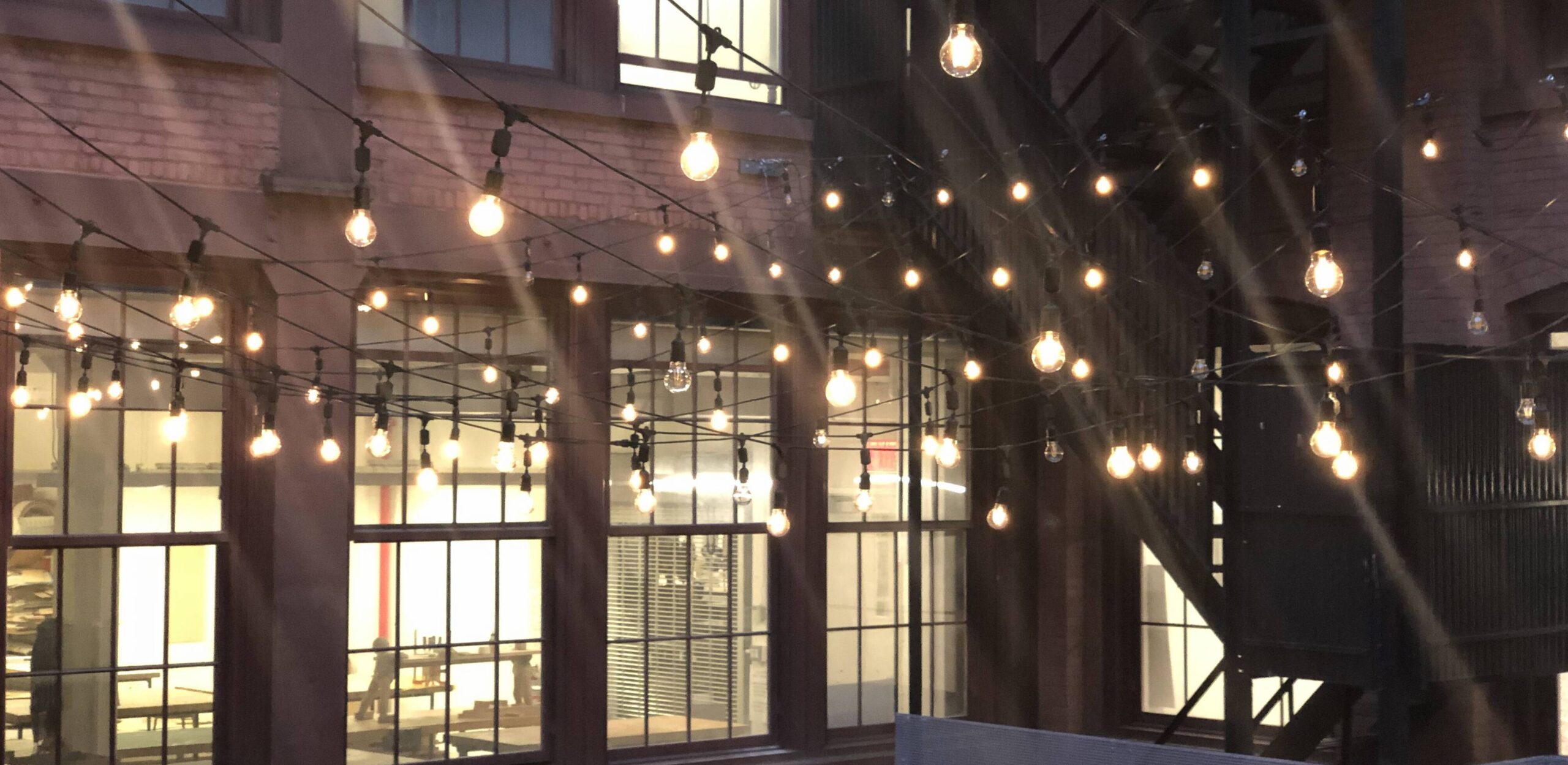
Sirovich Family Resident – Joseph Morris
STEAMplant Faculty Members – Ágnes Mócsy & Che-Wei Wang
Joseph Morris’s STEAMplant residency collaboration with theoretical nuclear physicist Professor Ágnes Mócsy and designer/architect/artist Che-Wei Wang is an outdoor, public art installation that will interact with incoming cosmic rays. Using muon particle detectors, which sense the effect of interstellar cosmic rays, the sensors will be mounted on the rooftop of Pratt Institute’s Juliana Curran Terian Design Center detecting stellar rays.
Licio Isolani Study Archive
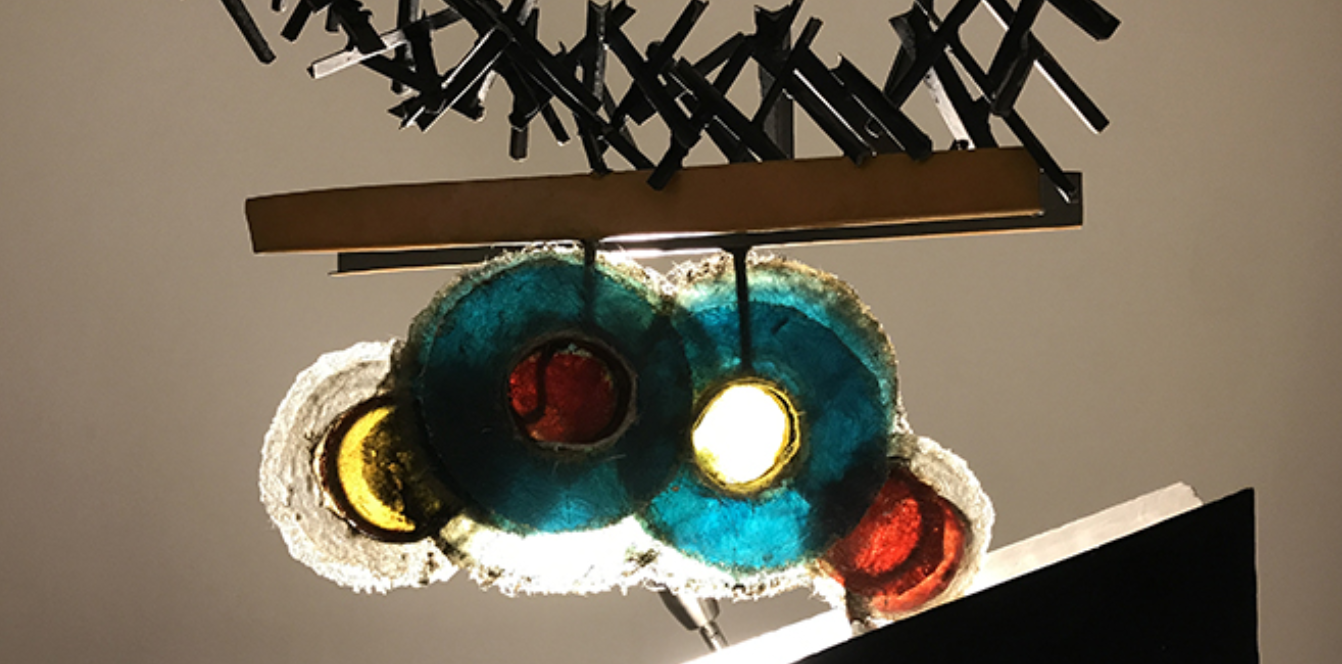
Sirovich Family Student Scholar – Miriam Clayton
STEAMplant Faculty Members – Cindie Kehlet & Lisa A. Banner
STEAMplant Professional Collaborator – Sarah Nunberg
Italian artist and former Pratt Professor Licio Isolani (1931-2015) donated a collection of his work to the Department of Mathematics and Science before he passed away in 2015. This bequest was celebrated with the exhibition “A Strange Road of Materials” showcasing Isolani’s early sculptures and paintings. The Licio Isolani Study Archive at Pratt Institute was founded by Chair of the Math and Science Department Dr. Carole Sirovich and faculty member Dr. Cindie Kehlet, along with Dr. Lisa A. Banner, of the History of Art & Design Department, and Pratt’s Stockman Fellow Conservator Sarah Nunberg.
Poetics of Our Universe

Sirovich Family Student Scholar – Adriana Green
STEAMplant Faculty Members – Ariel Goldberg, Daniel Wright & Christopher X. J. Jensen
In 2015, Adriana Green began developing a poetic manuscript excavating her personal history alongside institutional archival information about America’s reliance on the Atlantic slave trade. Her work asked the questions: As Black Americans, how can we engage with our history when that history is obscured or lost? What are the elements of a hauntological pedagogy? Can silence act as a language? As a writer, Green is interested in how knowledge is translated into language. Specifically, how do we talk about the unknown? Through epistemological conversations with physicist, Dan Wright, she further explored what it means to put language around dense, astronomical concepts, such as black holes. By examining the parallels in how we wrestle dense concepts into language, Green explores how language holds complex and traumatic histories. Her project also interrogated he realm of photography and she worked with artist and scholar, Ariel Goldberg, in discussing the role of photography in archival representations of the Black community. Asking, How does photography works as both a static and dynamic record of the past? What would it mean to trouble the notions of objectivity and subjectivity in an image?